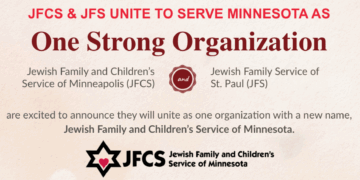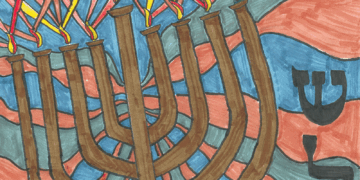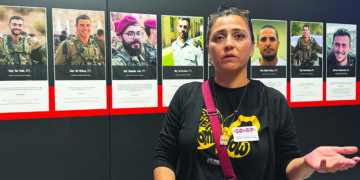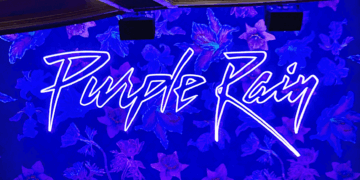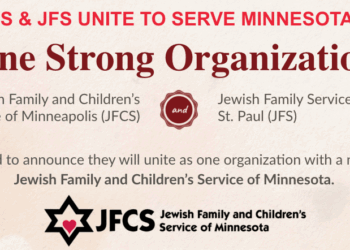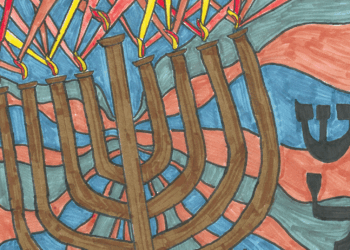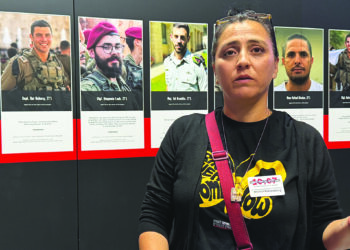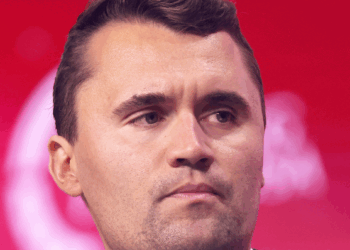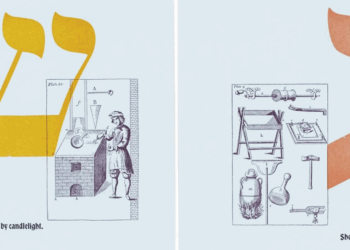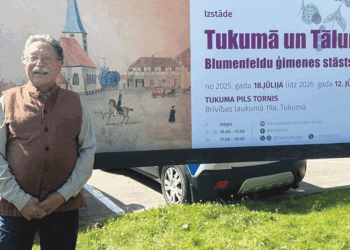By MORDECAI SPECKTOR
On Sunday, June 7, nine members of the Minneapolis City Council — what press reports termed a “veto-proof majority” — addressed a large throng in Powderhorn Park. The meeting, which was dubbed “The Path Forward,” took place at the north end of the lake, with council members on the stage behind a large sign: DEFUND POLICE.
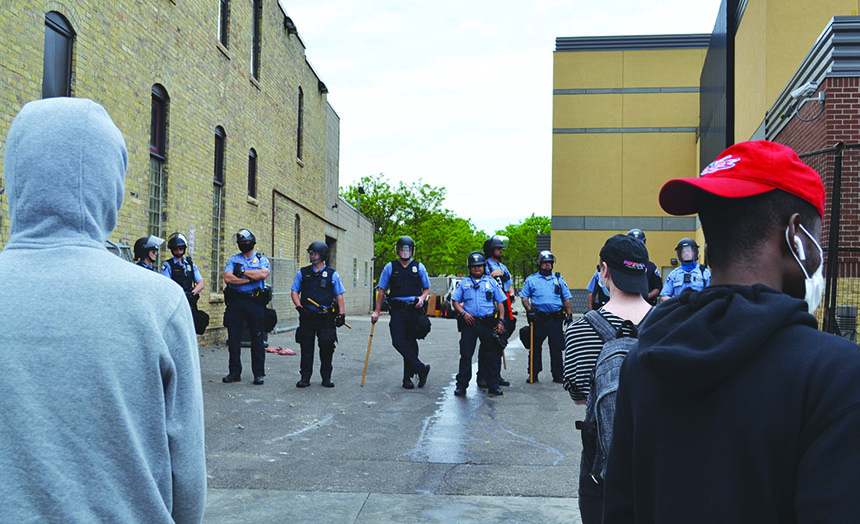
“We recognize that we don’t have all the answers about what a police-free future looks like, but our community does,” council members said, reading off a prepared statement, as reported in the Star Tribune. “We’re committed to engaging with every willing community member in the City of Minneapolis over the next year to identify what safety looks like for you.”
They added: “Decades of police reform efforts have proved that the Minneapolis Police Department cannot be reformed and will never be accountable for its actions. We are here today to begin the process of ending the Minneapolis Police Department and creating a new, transformative model for cultivating safety in Minneapolis.”
The day before the meeting, a march in Minneapolis demanding the defunding of the police force ended up at the downtown home of Minneapolis Mayor Jacob Frey. In what can be seen now as a rather poor decision, the 39-year-old Jewish politician came out to meet the protesters. When asked point blank by a protest leader about whether he would commit to defunding the Minneapolis Police Department, Frey said, “I do not support the full abolition of the police department.” A protest leader with a microphone suggested that Frey get the f— out, and the crowd began chanting, “Go home, Jacob, go home.”
In its coverage of the City Council event in Powderhorn Park, the Star Tribune noted: “The effort to defund police departments has gained some momentum…. Los Angeles Mayor Eric Garcetti said the city would look to cut $100 million to $150 million from its nearly $2 billion annual police budget to redirect to black communities. Mayor Bill de Blasio pledged for the first time to cut New York City’s police funding following 10 nights of mass protests against police violence and mounting demands that he overhaul a department whose tactics have caused widespread consternation.”
The issue of police brutality and police killing unarmed Black men, culminating in the May 25 killing of George Floyd, is nothing new, as far as the history of the Minneapolis Police Department. For the past 40 years, a large part of my journalism has focused on the American Indian Movement (AIM), which came into being, in 1968, as a street patrol monitoring the cops on Franklin Avenue, the main drag through the urban reservation. The local cops had become notorious for beating vulnerable American Indians.
In 1994, I wrote a number of stories about the cops who put two Native men, Charles Lone Eagle and Jack Boney, into the trunk of their squad car and transported them to Hennepin County Medical Center. A third Indian man was put in the back seat of the squad. A nurse happened to see the cops unloading their human cargo from the trunk and raised a ruckus. The late Larry Leventhal represented the men and eventually won a civil suit against the city — Lone Eagle and Boney each received $100,000.
The Hennepin County Attorney decided not to bring criminal charges of kidnapping and false imprisonment against the two cops. The Minnesota Department of Human Rights later found that the police officers were guilty of racial discrimination. “There’s something demeaning about putting someone in the trunk of a car,” said David Beaulieu, a commissioner. “There’s no logical reason why this would be proper. The only conclusion is that their race and perceived disability were the reasons for putting them in a trunk.”
There are some stories that you don’t forget.
Getting back to the abolish police debate, I’ll mention that young Black and Native men, and other people of color have a legitimate fear when interacting with cops. The killing of George Floyd ignited an explosion of rage in Minneapolis that ended with a large swathe of East Lake Street, Broadway Avenue in North Minneapolis and the Midway district in St. Paul in flames.
I live near Powderhorn Park and often drive along Lake Street on the way to the Jewish World office in Uptown. The city now has a bombed-out look in certain locales. Press reports, in the New York Times and other outlets, have mentioned that, in late May, Minneapolis suffered the most destructive urban riots since the Rodney King riots in Los Angeles, in 1992. The insurrection here was a local affair, which was fueled by police brutality and decades of discrimination that resulted in the Black community living with disparities in income, housing, employment, education, etc. The Floyd killing was the proverbial straw that broke the camel’s back.
But do people want the MPD abolished? Is the City Council pandering to the demands of demonstrators assembling on the streets day after day for the past two months? Why haven’t elected officials and their appointed police chiefs been able to rein in police officers who, rather than serve and protect, brutalize and kill?
The City Council is now promoting a ballot proposal that would amend the city charter, which mandates a police department at a certain size. The council wants to abolish the force and establish a Department of Public Safety and Violence Prevention. Presumably, there would be some kind of security apparatus within the new department. The City Council has not offered a detailed plan; and despite going forward with the ballot measure, there have been no public hearings. Also, a number of Black civic leaders have pushed back strongly on the City Council’s actions.
And in late July, the City Council approved a budget cut of 1 percent of the Police Department’s budget, shifting the money to an office that works with crime victims and those trying to interrupt the cycle of violence. Minneapolis elected officials need to reduce the city’s $1.6 billion budget in the face of revenue losses from the coronavirus pandemic, which has led to mass unemployment and an economic collapse that approaches the magnitude of the Great Depression.
We are living in strange times. In April, we moved the Jewish World offices from St. Louis Park to an office suite in Uptown. I’ve written previously about the fancy neighborhood around the office — the environs of East Bde Maka Ska Parkway. Many houses here are worth one million, two million dollars.
Then there was the Saturday night shootout in Uptown, in late June, in which 11 people were wounded — “one of the city’s most violent shootings in recent memory,” according to the Star Tribune report. (Initial press coverage said that one man was fatally wounded; but it turned out that he was shot that night in downtown Minneapolis and counted among the Uptown casualties taken to HCMC.) The shootout took place about three blocks north of our office. Cowboy Slim’s, a bar located at Hennepin and Lagoon avenues, had reopened shortly before the violent episode took place. They later announced that the business would close again — Uptown was too dangerous.
Then just this past weekend, there was a carjacking in Uptown. A resident returned to his apartment just after midnight on Saturday and was accosted by three people hanging out in the parking lot. They pointed a gun at him, took his keys and wallet, and hit him with some pepper spray, according to the WCCO-TV news report. They stole his Mercedes sedan and the car was later spotted on Snelling Avenue in St. Paul. A police chase wound along the freeways and ended at a house in North Minneapolis, where the police apprehended the three suspects — ages 12 and 13.
The spike in violent crimes, including fatal shootings, comes at a time when the Minneapolis Police Department’s ranks have thinned. Some cops just quit their jobs after the Floyd killing. Another large group has filed for leave, citing PTSD, post-traumatic stress disorder.
A Star Tribune story about the recent crime wave, in late June, quoted Thurman Barnes, assistant director of the New Jersey Center on Gun Violence Research, a think tank based out of Rutgers University. He suggests that a ripple effect from the police killing of George Floyd may have led to increased violence in Minneapolis, as it did in Baltimore after the death of Freddie Gray in police custody, in 2015.
“There is sometimes a sense of lawlessness” that comes after high-profile killings that is steeped in distrust of police, Barnes told the newspaper. “Now we’re supposed to trust the police to protect and serve, we’re supposed to abide by the law?”
The Star Tribune also quoted Minneapolis police chief of staff Art Knight, who said he understood the public outrage over police brutality and Floyd’s death “but slammed city leaders for turning a blind eye to ‘the violence in this community.’
“‘It’s pretty sad,’ Knight said. “When cops do something wrong, we’re going to hold them accountable, but you can’t have 111 people shot, man, that’s crazy.’”
The article also noted: “Law enforcement officials say feuding street gangs are largely to blame for the chaos. Those individuals aren’t beholden to shuttered businesses and schools, or affected by Gov. Tim Walz’s peacetime emergency order.”
Over recent months in Minneapolis, in the aftermath of the Floyd killing, we’ve seen the appearance of homeless encampments in city parks (July 2020, AJW), along with the disturbing uptick in gun violence, all occurring amid the ongoing coronavirus pandemic.
People are stressed and there is a persistent outcry from a faction of ignorant, selfish folks to reopen schools and businesses. Some knuckleheads in Minnesota have compared the governor’s order to wear face masks to the Nazi regime’s requirement that Jews in Europe wear a yellow star insignia on their clothing. Along these lines, Paul Brandmire, a member of the St. Cloud City Council, recently said, “If we can mandate masks, then certainly we can mandate that COVID positive people wear some sort of identification badge, maybe like a bright yellow star or something pinned to their lapel.”
Brandmire is running for a Minnesota House seat this year.
For the most part, our neighbors realize that this is a time to pull together and to show compassion. And this is a time for envisioning how society can be remade in a more just and equitable way. After the coronavirus pandemic passes, we don’t want to go back to a status quo that spawned all of the terrible phenomena that we’ve witnessed in recent weeks. We must aspire to create a society that works for all of us. As the late Sen. Paul Wellstone said, “We all do better when we all do better.”

